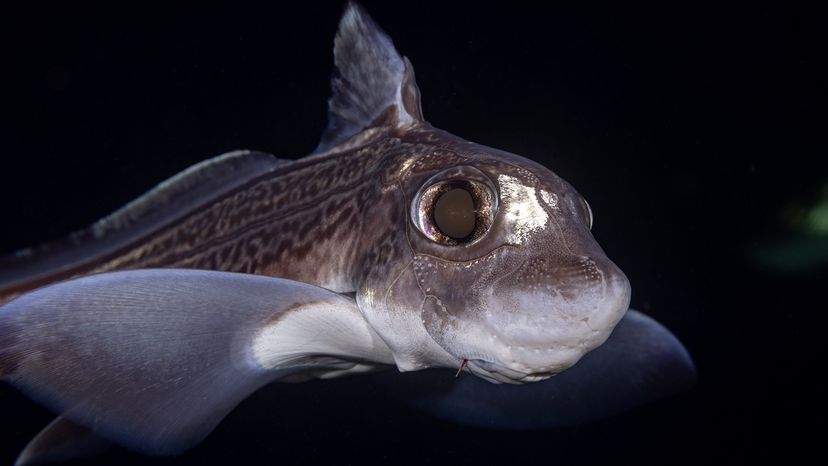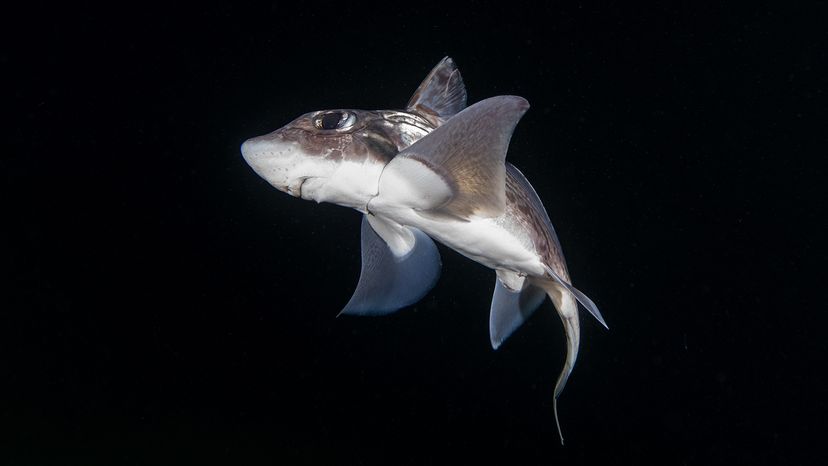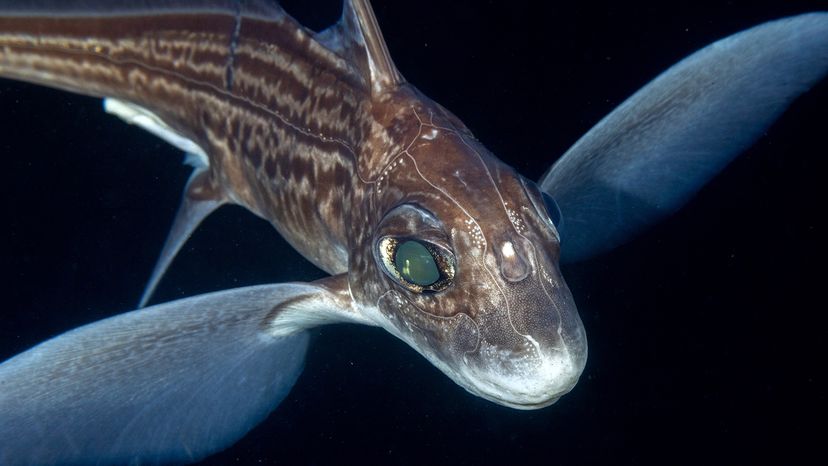
Forget the bloodthirsty predators of summer blockbusters; the ghost shark is a real and seriously mysterious. You sure won’t find them lurking off a sunny beach.
Known more scientifically as chimaeras, these deep sea species are some of the ocean's most elusive and ancient creatures. Closely related to sharks and rays, ghost sharks are cartilaginous fishes that dwell in the cold, dark depths of the sea.
Advertisement

